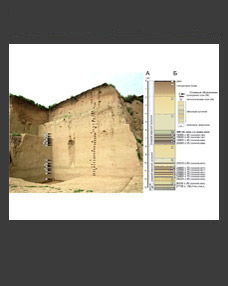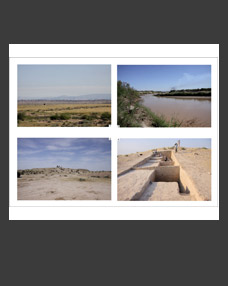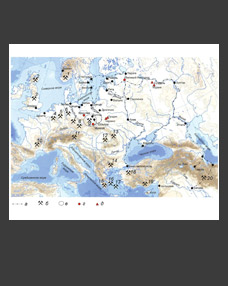Evgeny V. Sukhanov
Institute of Archaeology RAS, Moscow, Russia
E-mail: sukhanov_ev@mail.ru
Keywords: the South-Western Crimea, the second half of the 1st – early 5th century AD, hand-made pottery, manufacturing technology.
The article presents the results of a comparative analysis of the manufacturing technology of hand-made ware from three burial grounds in the South-Western Crimea, which functioned from the second half of the 1st to the late 4th – early 5th century AD: Kil-Dere 1, Sovkhoz 10 and Frontovoye 3. The study was guided by the historical and cultural approach based on the methodology developed by A.A. Bobrinsky. It was established that on the territory of the South-Western Crimea there were two cultural traditions of making hand-made ware during the late Roman period. Their common feature was the use of crushed shells as an artificial inclusion in the preparation of pastes. Points of difference between the identified traditions manifested themselves in the types of clays used, methods of their preparation before the formation of pastes, methods of processing the outer surface of the vessels, and methods of firing the products. One of the traditions dominates in the materials of the Kil-Dere 1 necropolis and prevails in the materials from the Sovkhoz 10 necropolis, while the second is massively represented in the Frontovoye 3 necropolis.
DOI: 10.31857/S0869606323040177, EDN: XMFJTW







